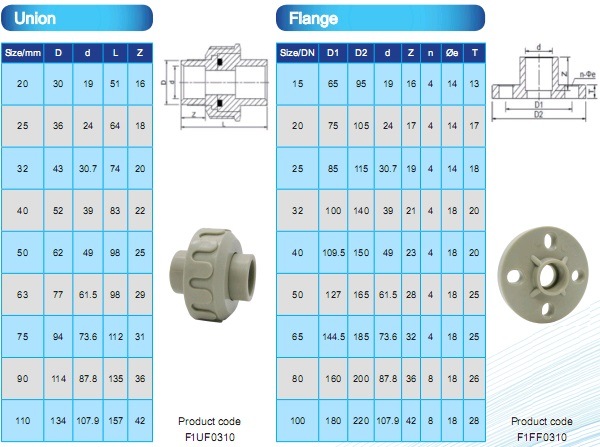Application Chlorine-caustic soda plant Application Chlorine-caustic soda plant
A Solenoid Valve is an electromechanically operated valve. The valve is controlled by an electric current through a solenoid: in the case of a two-port valve the flow is switched on or off; in the case of a three-port valve, the outflow is switched between the two outlet ports. Multiple solenoid valves can be placed together on a manifold.
Solenoid valves are the most frequently used control elements in fluidics. Their tasks are to shut off, release, dose, distribute or mix fluids. They are found in many application areas. Solenoids offer fast and safe switching, high reliability, long service life, good medium compatibility of the materials used, low control power and compact design.
Besides the plunger-type actuator which is used most frequently, pivoted-armature actuators and rocker actuators are also used.
Solenoid valve designs have many variations and challenges.
Common components of a solenoid valve:
The core or plunger is the magnetic component that moves when the solenoid is energized. The core is coaxial with the solenoid. The core's movement will make or break the seals that control the movement of the fluid. When the coil is not energized, springs will hold the core in its normal position.
The plugnut is also coaxial.
The core tube contains and guides the core. It also retains the plugnut and may seal the fluid. To optimize the movement of the core, the core tube needs to be nonmagnetic. If the core tube were magnetic, then it would offer a shunt path for the field lines. In some designs, the core tube is an enclosed metal shell produced by deep drawing. Such a design simplifies the sealing problems because the fluid cannot escape from the enclosure, but the design also increases the magnetic path resistance because the magnetic path must traverse the thickness of the core tube twice: once near the plugnut and once near the core. In some other designs, the core tube is not closed but rather an open tube that slips over one end of the plugnut. To retain the plugnut, the tube might be crimped to the plugnut. An O-ring seal between the tube and the plugnut will prevent the fluid from escaping.
The solenoid coil consists of many turns of copper wire that surround the core tube and induce the movement of the core. The coil is often encapsulated in epoxy. The coil also has an iron frame that provides a low magnetic path resistance.
Solenoid Valve Electromagnetic Valve, Pneumatic Component, Pneumatic Solenoid Valve, Air Compressor Valve,Solenoid Valve Timer NINGBO BRANDO HARDWARE CO.,LTD , http://www.brandopneumatic.com
Product code:F1FF0310
Size:DN15 to DN100
Standard: DIN8077/8078
Connect: socket fusion
Working pressure:1.0Mpa(PN10 bar)
Working temperature: -14ºC to 95ºC
Dimension
Working Pressure VS Temperature
Â
Waste water treatmentÂ
Chemical fertilizer plant
Paper Mill
Electroplate factory
Mining
Pharmaceutical factory
Steel Plant
other corrosive medium transport.
Product code:F1FF0310
Size:DN15 to DN100
Standard: DIN8077/8078
Connect: socket fusion
Working pressure:1.0Mpa(PN10 bar)
Working temperature: -14ºC to 95ºC
Dimension
Working Pressure VS Temperature
Â
Waste water treatmentÂ
Chemical fertilizer plant
Paper Mill
Electroplate factory
Mining
Pharmaceutical factory
Steel Plant
other corrosive medium transport.
Ppf Flange by Socket Fusion Pn10
Model NO.: F1FF0310
Manufacturing Way: Injection
Color: Cream
Temperature: 0~95 Degree
Class: Pn10
Trademark: RMIPLAST
Transport Package: Carton
Specification: 20mm~110mm
Origin: China Mainland
HS Code: 3917400000
Model NO.: F1FF0310
Manufacturing Way: Injection
Color: Cream
Temperature: 0~95 Degree
Class: Pn10
Trademark: RMIPLAST
Transport Package: Carton
Specification: 20mm~110mm
Origin: China Mainland
HS Code: 3917400000
Product Name: PP-H flange PN10 socket welding